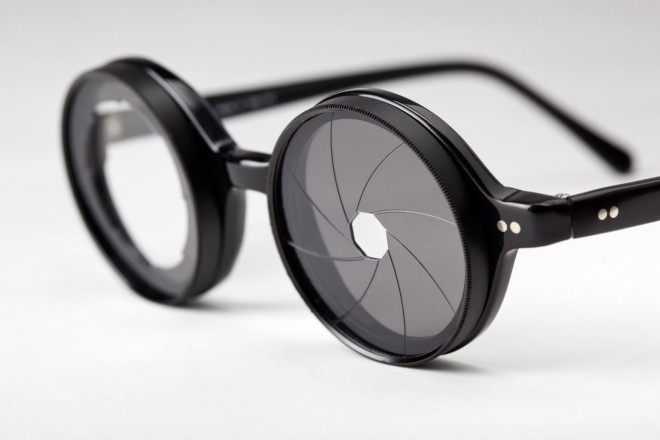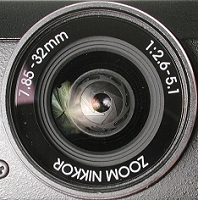
Aperture

Aperture refers to the camera's adjustable opening (also known as a diaphragm or iris) that allows light to reach the camera's sensor (or film).
You can think of an aperture in the camera as the iris in the human eye. The larger the opening, the more light can pass through. The smaller the opening, the more light is prevented from hitting the film or light sensor.



When light levels are low, objects reflect less light, resulting in objects that are difficult to discern. Maximizing (or at the very least, increasing) the amount of light that can be picked up on film or on the light sensors of the camera, is key to recording a good image.
On the other hand, when there is a lot of light, too much brightness can wash out an image, and make objects equally difficult to view.
Most cameras (digital and traditional) will automatically set aperture based on conditions, and most will allow you to manually change this for optimal results.
The size of the aperture is measured using an f-number also called the f-stop (F8, f/8, etc). The smaller the f-number, the larger the camera's opening.
.jpg)